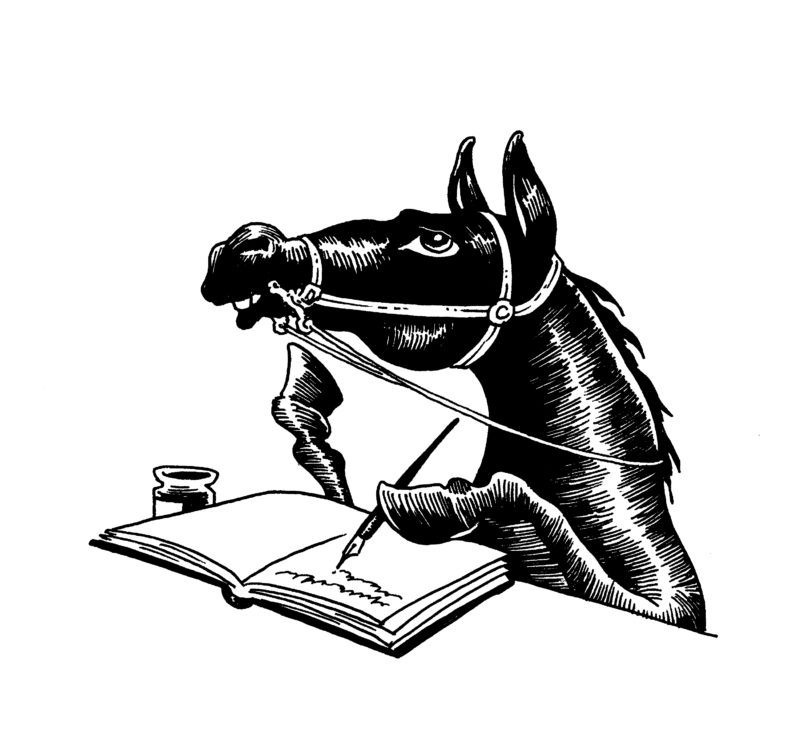I am perfectly willing to read celebrity memoirs, but only if they conclude with a crowd of children smashing the author over the head with an iron poker. Then, ideally, he should burst into flames. That, at least, is how one of my favorite Victorian autobiographies ends, and a most satisfying conclusion it is, too. I should also note its singular cover art: in the ivy-wreathed cameo normally set aside for a heroic gold-stamped visage of the book’s subject, there is—absolutely nothing. Nothing, that is, except for a pitch-black rectangle. At first I thought a pasted label had been pulled away from the space, and I cursed the long-dead vandal that had done the deed. It was only after many viewings that the book designer’s joke dawned on me. That plain black rectangle is a portrait… of coal.
The Autobiography of a Lump of Coal (1870) commences with a group of English children sitting by a fireplace, blithely insulting their subject—“Addy, do break up that ugly, dark lump of Coal.”—whereupon the coal begins to speak to them. Before you suspect ergot in the scones, bear in mind that this is not a bad thing. A talking lump of coal, as long as it doesn’t instruct you to kill your neighbors, is a fine way to get better acquainted with the science of geology. And so the Autobiography continues with girls in petticoats and ribbons having a lively discourse on mining technology and planes of cleavage—these are the linear cracks along which coal naturally shears away—while they politely listen to a chunk of carbon muse on his doleful life and times.
In a hydrocarbon there is a fallen nobility, even tragedy. Yes, there is pathos in that lump of coal!
I will only just say that my ancient name of my family was WOOD, and that, by degrees, like many another great family we decayed, mouldered away, as it were, and that, under the pressure of circumstances and of forces that we were unable to resist, our fortunes, our modes of life, places of abode, even our very characters, altered and altered again and again, till at last we sank into a sleepy state, and remained, for ages and ages, unknown and uncared for…
After giving them the sad history of his decline, burial, and subsequent excavation, Coal pauses to rest and have a smoke. He then explains that “If I fell on your toes, which I should be very sorry to do, you would, I am afraid, think me heavy; but in reality my specific gravity is only one and one-quarter.”
Conversation continues onward in this vein until a final heroic soliloquy by...
You have reached your article limit
Sign up for a digital subscription and continue reading all new issues, plus our entire archives, for just $1.50/month.
Already a subscriber? Sign in





